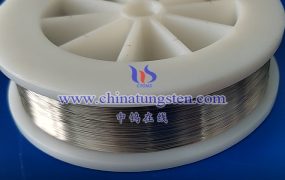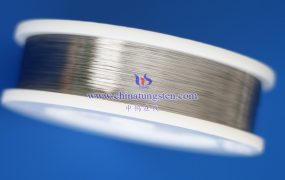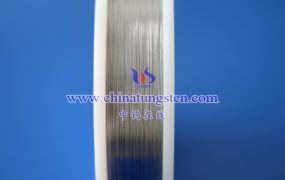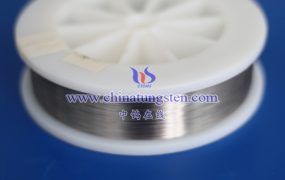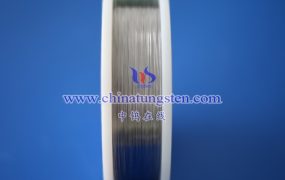The thermal expansion coefficient of tungsten wire can be measured by a variety of methods. The following are some commonly used measurement methods and their steps:
- Linear expansion coefficient method
The linear expansion coefficient method is a common method for measuring the thermal expansion coefficient of materials, which is suitable for slender materials such as tungsten wire.
Sample preparation:
Select tungsten wire of appropriate length and diameter as the sample, and ensure that the sample surface is flat, free of stains and oxides.
Instrument installation and debugging:
Install the experimental equipment (such as micrometer, thermocouple, constant temperature water bath, etc.) on the experimental table and debug it to ensure the normal operation of the instrument.
Fix the tungsten wire sample on the experimental frame to ensure that the sample can expand freely without restraint during heating.
Initial measurement:
At room temperature, use a micrometer to measure the initial length of the tungsten wire sample and record the data.
Heating and measurement:
Place the tungsten wire sample in a constant temperature water bath, slowly heat it to the predetermined temperature, and keep it for a certain time to ensure that the sample is fully expanded.
During the heating process, use a thermocouple to monitor the temperature change of the sample and record the length change of the tungsten wire at each temperature point.
Data analysis:
Based on the measured length change and temperature change data, the thermal expansion coefficient of the tungsten wire is calculated using the formula α = ΔL / (L × ΔT). Among them, α is the thermal expansion coefficient, ΔL is the length change, L is the initial length, and ΔT is the temperature change.
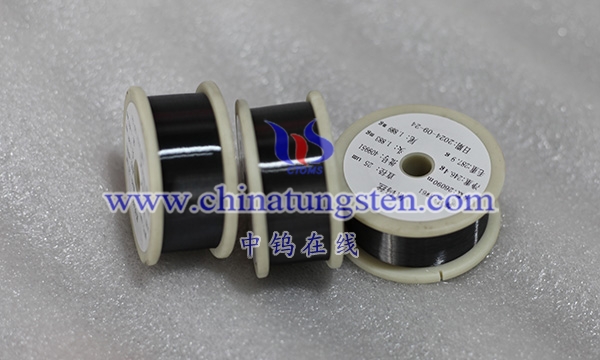
- Optical Interference Method
Optical interference method is also one of the commonly used methods for determining the thermal expansion coefficient of tungsten wire due to its advantages such as high measurement accuracy and simple operation.
Sample preparation:
Select tungsten wire of appropriate length and diameter as the sample, and perform surface treatment to ensure that it is flat, free of stains and oxides.
Instrument installation and debugging:
Install the optical interference instrument on the experimental table, and adjust the optical path to ensure that two coherent light waves meet on the surface of the tungsten wire sample and form clear interference fringes.
Initial measurement:
At room temperature, record the initial length of the tungsten wire sample and take a photo of the interference fringes as a reference.
Heating and measurement:
The tungsten wire sample is slowly heated to the specified temperature and maintained for a certain time to ensure that the sample is fully expanded. During this process, take photos of the interference fringes continuously to record the changes.
Data analysis:
According to the interference fringes photos and measurement data, calculate the movement distance of the interference fringes. Combined with the initial length and temperature change, the thermal expansion coefficient of the tungsten wire is calculated using the relevant formula.
- Other methods
In addition to the linear expansion coefficient method and optical interference method, other methods can also be used to determine the thermal expansion coefficient of tungsten wire, such as the capacitance method, X-ray method, etc. These methods have their own advantages and disadvantages, and the specific choice depends on the experimental conditions and accuracy requirements.
- Precautions
Accurately control the temperature: During the measurement process, the temperature and temperature gradient of the tungsten wire sample need to be accurately controlled to ensure the accuracy of the measurement results.
Avoid measurement errors: The length change or deformation of the tungsten wire needs to be accurately measured to avoid the influence of measurement errors on the experimental results.
Choose appropriate equipment: According to the experimental requirements and the characteristics of the tungsten wire, choose appropriate experimental equipment and measurement methods.
More details of tungsten wires, please visit website: http://tungsten.com.cn/tungsten-wires.html
Please contact CHINATUNGSTEN for inquiry and order of tungsten needles:
Email: sales@chinatungsten.com
Tel.: +86 592 5129595

